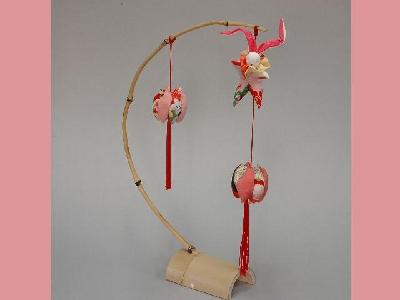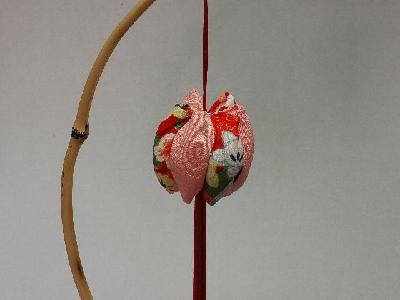|
Minai Shrine on Rebun Island in Hokkaido is where an Ainu girl is enshrined. It is located in Kafukai Coast in the eastern part of the island about 10 minutes’ drive from Kafuka ferry terminal. It is so a small shrine that you might miss it if there were no torii gates erected. The shrine building stands between the two torii gates and it faces the sea.
The shrine was founded in 1881. The shrine name “Minai” comes from a Japanese phrase “minai,” meaning “do not see.” Legend has it that Serena, the wife of Karusiar, the young village head of Rebun, was waiting for her husband, who had left the island to join the battles between the Ainu people. She was waiting for him for a long time until she became a rock. There was a rumor among the villagers that one would have a misfortune if one saw the rock. Then they covered the rock not to see it, thereby the rock was called “Minai Kamuy.”
Today local people worship the shrine as the deity of prevention of illness, a big catch and especially of safe delivery.
The shrine was founded in 1881. The shrine name “Minai” comes from a Japanese phrase “minai,” meaning “do not see.” Legend has it that Serena, the wife of Karusiar, the young village head of Rebun, was waiting for her husband, who had left the island to join the battles between the Ainu people. She was waiting for him for a long time until she became a rock. There was a rumor among the villagers that one would have a misfortune if one saw the rock. Then they covered the rock not to see it, thereby the rock was called “Minai Kamuy.”
Today local people worship the shrine as the deity of prevention of illness, a big catch and especially of safe delivery.
| [+ADDRESS] | 
|















